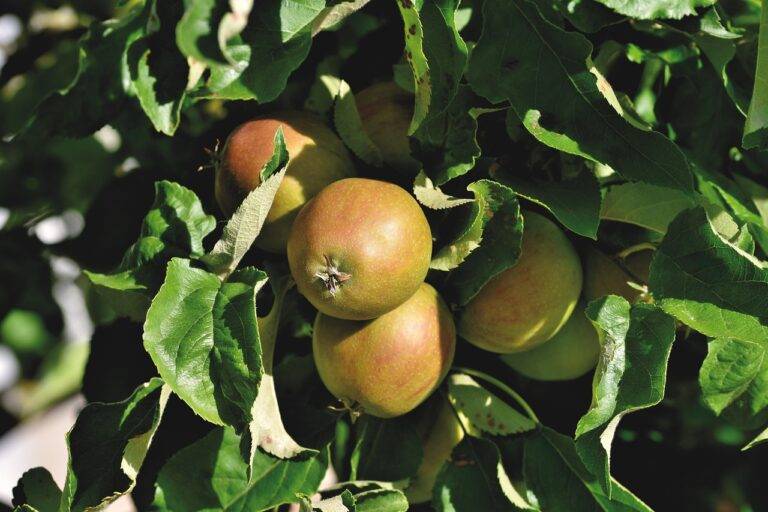Food and Sustainability: Exploring Regenerative Agriculture Practices
Regenerative agriculture is a holistic approach to farming that focuses on restoring and enhancing the health of the soil. Instead of relying on chemical inputs and intensive tilling, regenerative agriculture emphasizes practices that promote soil health, such as cover cropping, crop rotation, and minimal soil disturbance. By nurturing the soil through natural processes, regenerative agriculture aims to create a self-sustaining ecosystem that is resilient to pests, diseases, and climate fluctuations.
One of the core principles of regenerative agriculture is maintaining biodiversity on the farm. By growing a wide variety of crops and fostering a diverse range of beneficial insects and microorganisms in the soil, regenerative farmers help create a balanced ecosystem that can support healthy plant growth. This diversity not only contributes to higher yields and improved soil fertility but also helps reduce the reliance on synthetic fertilizers and pesticides, leading to a more sustainable and environmentally friendly farming system.
• Regenerative agriculture focuses on restoring and enhancing soil health
• Practices include cover cropping, crop rotation, and minimal soil disturbance
• Aims to create a self-sustaining ecosystem resilient to pests, diseases, and climate fluctuations
• Maintaining biodiversity is a core principle of regenerative agriculture
• Growing a variety of crops and fostering beneficial insects and microorganisms helps create a balanced ecosystem
• Diversity contributes to higher yields, improved soil fertility, and reduced reliance on synthetic inputs
The Benefits of Regenerative Agriculture Practices
Regenerative agriculture practices offer a multitude of benefits that contribute to the overall health of the environment and ecosystem. By focusing on enhancing soil health through techniques like crop rotation, cover cropping, and reduced tillage, regenerative agriculture improves soil structure and fertility. This results in increased water retention, reduced erosion, and the promotion of beneficial soil microorganisms, leading to healthier and more resilient soil for sustainable farming.
Furthermore, the adoption of regenerative agriculture practices can contribute to increased biodiversity on farms, promoting a more balanced ecosystem that supports native plants and wildlife. Diverse crop rotations and the integration of livestock in farming systems help create habitat for beneficial insects and wildlife species, fostering a more harmonious and natural agricultural environment. In addition, the reduction of synthetic inputs like pesticides and fertilizers in regenerative agriculture practices can lead to improved water quality and reduced chemical runoff, benefitting both the environment and human health.
How Regenerative Agriculture Helps Combat Climate Change
Regenerative agriculture plays a crucial role in combatting climate change by sequestering carbon in the soil. Through practices like cover cropping and crop rotation, regenerative agriculture enhances soil health and increases its ability to store carbon, preventing it from being released into the atmosphere. This process not only reduces the levels of carbon dioxide in the air but also helps to mitigate the effects of climate change on a global scale.
Furthermore, regenerative agriculture practices such as no-till farming can help minimize greenhouse gas emissions by reducing the need for intensive tillage, which can release stored carbon back into the atmosphere. By adopting these sustainable methods, farmers can contribute to the overall reduction of carbon footprints in the agricultural sector. Overall, regenerative agriculture not only benefits the environment but also provides a promising solution in the fight against climate change.
What is Regenerative Agriculture?
Regenerative agriculture is a holistic approach to farming that focuses on restoring and improving the health of the soil, rather than depleting it. It involves practices such as minimal tillage, cover cropping, crop rotation, and the use of organic fertilizers to build soil fertility and biodiversity.
What are the benefits of Regenerative Agriculture practices?
Regenerative agriculture practices can improve soil health, increase crop yields, reduce the need for synthetic fertilizers and pesticides, enhance water retention and filtration, and promote biodiversity on farms. Additionally, regenerative agriculture can help farmers become more resilient to climate change and extreme weather events.
How does Regenerative Agriculture help combat climate change?
Regenerative agriculture helps combat climate change by sequestering carbon dioxide from the atmosphere and storing it in the soil. This process, known as carbon sequestration, helps to reduce greenhouse gas emissions and mitigate the impacts of climate change. Additionally, regenerative agriculture practices can help reduce the reliance on fossil fuels and mitigate the environmental impacts of conventional farming methods.







